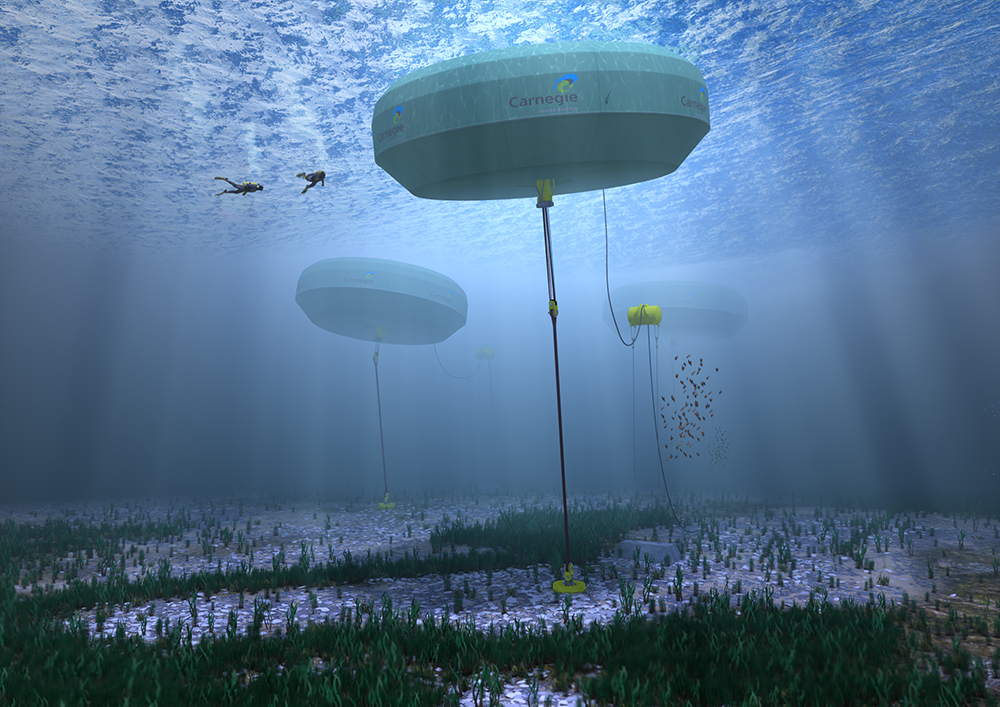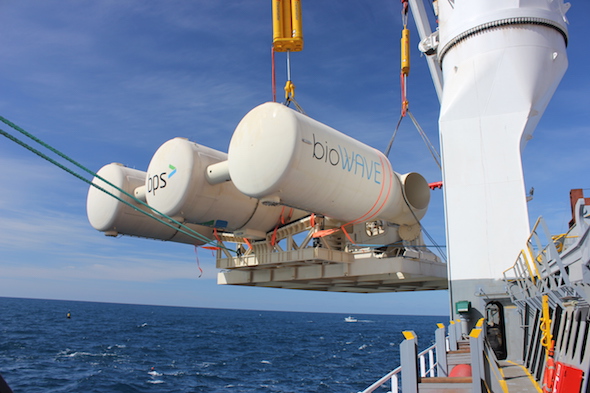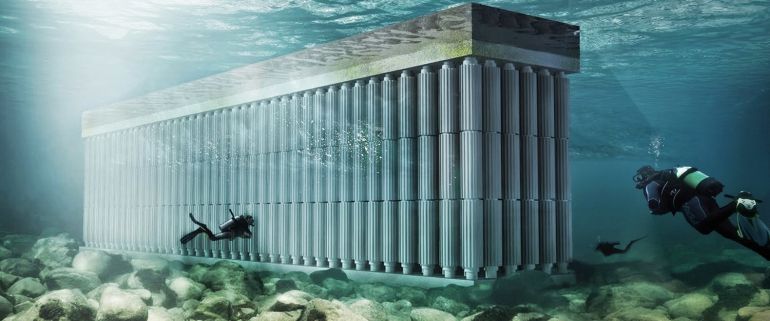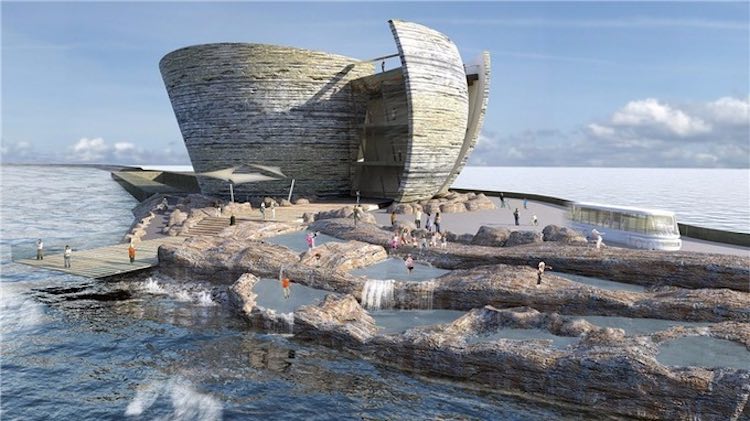Australia has some of the best wave energy resources in the world. It’s estimated that wave power has the potential to play a major role in Australia’s future energy mix – and could supply 10% of our energy by 2050!
To celebrate World Water Day, here are some of our favourite ocean energy projects from Australia and around the world.
Perth Wave Energy Project

The world’s first commercial-scale, grid-connected wave energy array was deployed off the coast of Garden Island, WA in early 2015 by Carnegie Wave Energy.
So how do the ground-breaking CETO wave energy units work? A fully-submerged buoy oscillates in harmony with the ocean’s waves, transferring energy through a rope tether to a pump on the seabed. The pump extends and contracts, and sends pressurised fluid onshore through a pipeline. The high-pressure fluid is then used to operate a hydroelectric power plant, and can also be used to desalinate water in a reverse-osmosis desalination plant.
Following 12 months of successful operation, Carnegie is now developing its next generation CETO unit, with a four-times increase in rated capacity to 1MW. Stay tuned!
bioWAVE

The Australian-designed 250kW bioWAVE pilot unit was deployed off the Victorian coast near Port Fairy in December.
The enormous 26-metre unit is designed to sway back and forth below the surface of the ocean. The oscillating motion activates hydraulic cylinders inside the unit to spin a generator, with the converted electricity transported to shore via an undersea cable. The entire device can lie flat on the seabed out of harm’s way during bad weather.
Parthenon Sea Wall

The Netherlands-designed Parthenon is a giant sea wall that acts as a permeable breakwater: reducing the intensity of waves crashing into a harbour, while also harvesting and converting wave power into electricity.
The proposed sea wall is made up of several massive columns, containing cylinders that are capable of rotating both clockwise and anticlockwise at low speeds. The incoming waves rotate the cylinders to generate energy, which is then captured and stored inside a floating platform – which can also double as a boulevard or green space!
Tidal Lagoon Swansea Bay

This one uses tidal power instead of wave power – but we couldn’t resist including it! The stunning proposed power plant in Wales will use the rise and fall of ocean tides to generate renewable electricity – enough to power 155,000 homes for 120 years!
The proposal would see a 9.5 km wall constructed, enclosing a huge amount of water in an artificial “tidal lagoon”. The lagoon would capture and hold seawater at high tide, then release the tidal water through 26 turbines until the water level equalises on both sides of the lagoon. At high tide, the flow is reversed, keeping the sea out of the lagoon until it reaches maximum height, then letting the water rush through the turbines again until it fills up the lagoon.
To find out more about World Water Day head to the UN Water website.